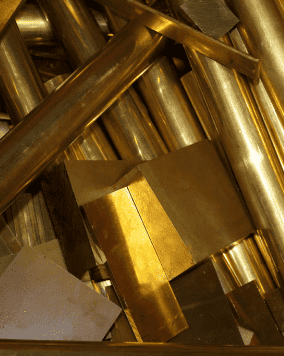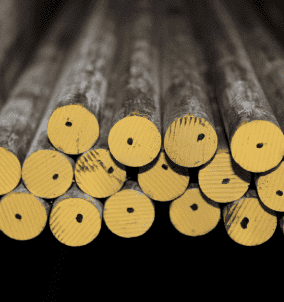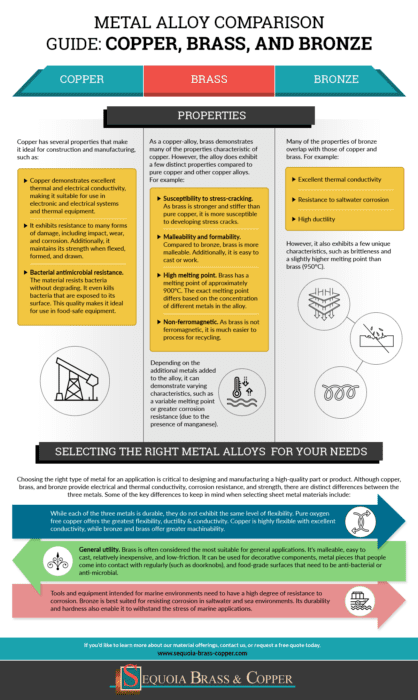Selecting the Right Metal Alloys for Your Needs
Choosing the right type of metal for an application is critical to designing and manufacturing a high-quality part or product. Although copper, brass, and bronze provide electrical and thermal conductivity, corrosion resistance, and strength, there are distinct differences between the three metals. Some of the key differences to keep in mind when selecting sheet metal materials include:
- While each of the three metals is durable, they do not exhibit the same level of flexibility. Pure oxygen free copper offers the greatest flexibility, ductility & conductivity. Copper is highly flexible with excellent conductivity, while bronze and brass offer greater machinability.
- General utility. Brass is often considered the most suitable for general applications. It’s malleable, easy to cast, relatively inexpensive, and low-friction. It can be used for decorative components, metal pieces that people come into contact with regularly (such as doorknobs), and food-grade surfaces that need to be anti-bacterial or anti-microbial.
- Tools and equipment intended for marine environments need to have a high degree of resistance to corrosion. Bronze is best suited for resisting corrosion in saltwater and sea environments. Its durability and hardness also enable it to withstand the stress of marine applications.
Metal & Alloy Offerings by Sequoia Brass & Copper
At Sequoia Brass & Copper, we offer metals in a variety of forms, including:
- Bars
- Pipes
- Plates
- Rods
- Sheets
- Tubes & tubing
We provide custom cutting services that adhere to tight tolerances of ±0.020 inches to facilitate the customization of these materials to suit different applications and specifications.
Sequoia Brass & Copper has been sourcing and cutting metal since 1983 and currently maintains ISO 9001:2015 certification. With over 30 years of experience sourcing and buying alloys, we have the knowledge and skills to source specialty and hard-to-find copper alloys for your unique needs.
Other Metal Resources by Sequoia Brass & Copper
At Sequoia Brass & Copper, our team works hard to meet all of your copper, brass, and bronze needs. That’s why we provide a number of free tools to help facilitate the design and engineering process, including:
- Nonferrous Metals Weight Calculator, which allows you to specify the alloy and part requirements to calculate the weight per linear foot and total weight
- Weight Formulas to calculate your project’s needs by weight
Contact Sequoia Brass & Copper Today
Copper, brass, and bronze are three different metals that offer a variety of advantageous characteristics, such as conductivity, corrosion resistance, and machinability. Consequently, metal sheets formed from these materials find use in a variety of industrial applications and end-use environments.
At Sequoia Brass & Copper, we an extensive selection of these metals in plate, bar, and sheet form. To learn more about our material offerings, browse our copper, brass, and bronze inventories. If you’d like to partner with us for your next project, contact us, or request a free quote today.




